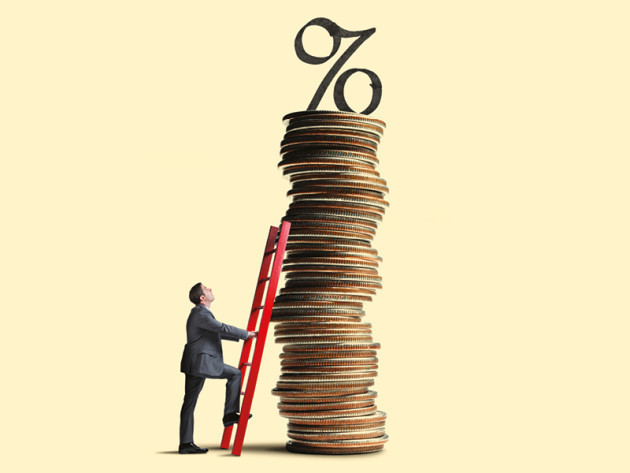
Burgundy 2021: A car crash waiting to happen?
Burgundy 2021 is what happens when you invest in an agricultural product that is dependent on environmental circumstances outside of the control of growers, merchants and buyers alike.
The vintage is “full of paradoxes” according to Liv-ex’s 2021 Burgundy report. On the one hand, it is exciting due to its quality; on the other, it is challenging due to its limited quantities, high demand and subsequent price inflation.
Much to the frustration of merchants and collectors, release prices were up 25% on average. Some of the top names are being released later than usual as producers decide on allocation and pricing. Some leading merchants have announced that certain highly sought-after wines would not be available on their lists, while others have been allocating one case per client, if any at all.
Critics like Jancis Robinson MW have made their recommendations. Perhaps unsurprisingly, hers did not include any Grands Crus “as these are now so expensive”.
As a result, buyers may have to consider older vintages in the secondary market, or simply give up their meagre allocations entirely.
Indeed, the secondary market for Burgundy looks hot on the surface. Liv-ex's Burgundy 150 index, which tracks the performance of the most traded Burgundy wines, rose 26.7%, outperforming all other fine wine indices. Burgundy’s trade share also reached an all-time annual high of 25.9%, and the number of wines traded set a new record at 4,306. However, most of these gains were limited to the first part of the year, according to the report.
However, market sentiment toward the region has been waning, which is also impacting prices. The current bid:offer ratio sits at 0.26, down from 1.1 in January 2022.
The region is faced with the same macroeconomic challenges as other markets, but at these prices, those expecting a return on investment face increased downside risk. Burgundy’s three-year average annualised volatility is also among the highest of all regions at 25.8%.
Low volumes
Volumes have been the focal point of conversation when it comes to the release of Burgundy’s 2021 vintage. An exceptionally difficult growing season resulted in one of the smallest harvests in recent history. The biggest issue was the April frost that destroyed much of the crop. The vintage then received further setbacks, including regular rain, localised hail, downy and powdery mildew and even botrytis. Due to the cooler conditions, harvest began a month later than in 2020.
The Bourgogne Wine Board (BIVB) reported 900,000 to 950,000 hectolitres, representing ‘about 50% of a normal year’, and ‘2/3 of the average in recent years’.
Classic Burgundy style
In terms of style, the reds have been described as light and fresh, with typical alcohol levels of 12.5% to 13%, while the whites are complex and concentrated.
According to Robinson, “what 2021 delivers, in the right hands of course, is a return to classicism, the produce of weather more often encountered in the 1970s and 1980s but with first-class plant material in the vineyards and infinitely more skill and ambition in the cellar”.
Value
With so many conflicting conditions, finding value in Burgundy has been made near impossible. Volumes are down 50% but prices are up 25%; such inflation will limit the number of market participants to a select number of high-worth individuals.
At these prices, Burgundy is a risky investment. The UK, which has long been the biggest Burgundy buyer, is taking an ever-declining share of Grand Cru trade. The Burgundy 150 index began to slow in the second half of 2022 and fell 1.5% through November and December, while spreads widened.
The group of buyers of Burgundian fine wines is getting narrower. The market is on a collision course and if it is to avoid a car crash then Burgundy desperately needs a string of high-yielding vintages in the future. Over to you Burgundy 2022.




